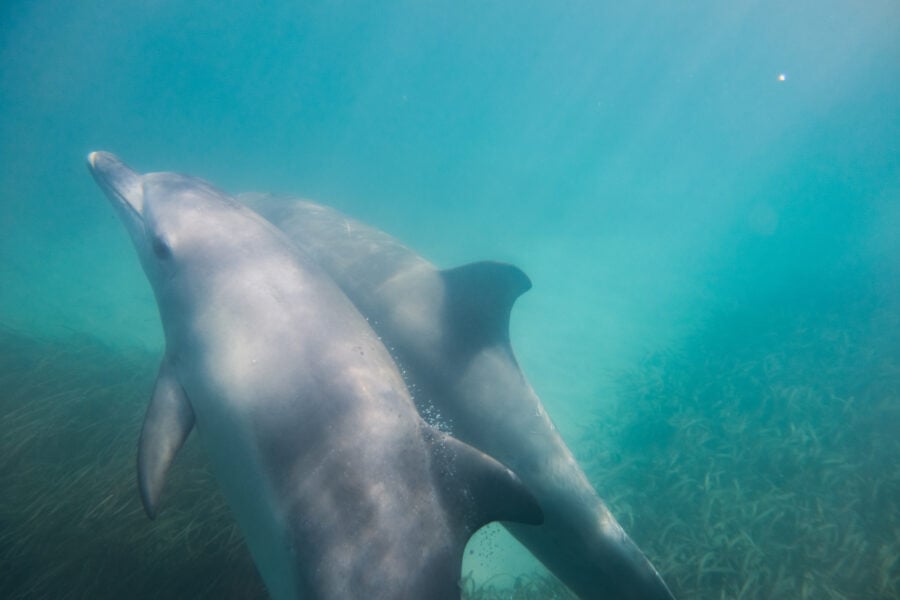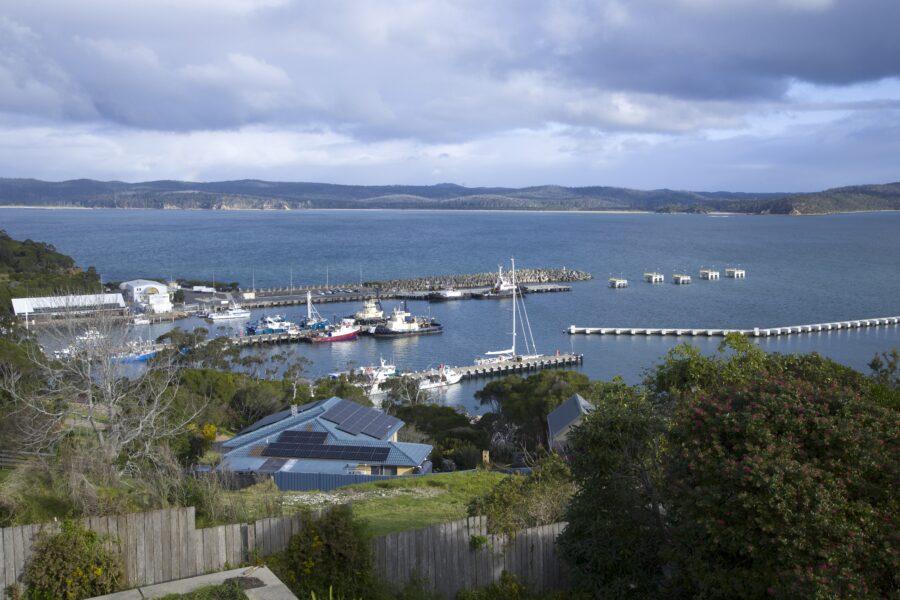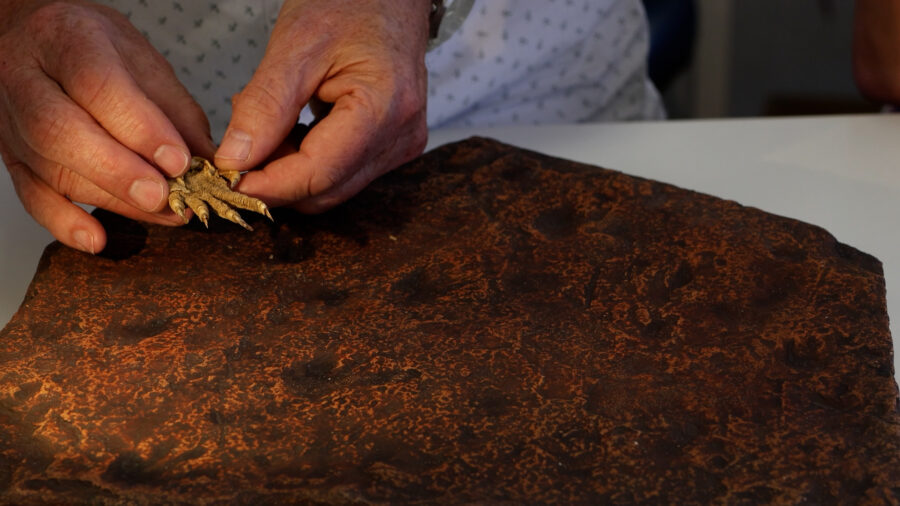Leaf-tailed gecko named in top 10 new species of 2014

AN AUSTRALIAN LEAF-TAILED gecko has been listed as one of the top 10 new-found species of 2014.
The annual list, which was established in 2008 by the International Institute for Species Exploration (IISE) based at the State University of New York, draws attention to new species discovered in an age where many are disappearing faster than they are identified.
The 10 species were selected from a list of about 18,000 new species named during the previous year. Scientists believe 10 million species await discovery, five times the number already known to science.
“The top 10 is designed to bring attention to the unsung heroes addressing the biodiversity crisis by working to complete an inventory of earth’s plants, animals and microbes,” Dr Quentin Wheeler, founding director of the IISE and ESF president, said in a statement. “Each year a small, dedicated community of taxonomists and curators substantively improve our understanding of the diversity of life and the wondrous ways in which species have adapted for survival.”
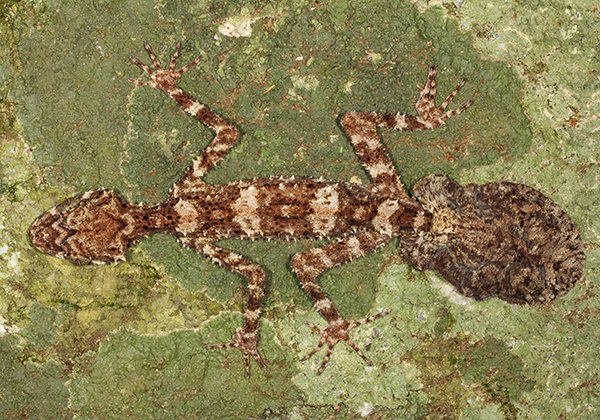
The Cape Melville leaf-tailed gecko is name for its tail shape. (Credit: Conrad Hoskin)
Cape Melville leaf-tailed gecko a Queenslander
The gecko (Saltuarius eximius), discovered in 2013, is found on the vertical surfaces of rocks and trees in the isolated rainforests of eastern Australia’s Melville Range in Far North Queensland, its mottled colouration allowing it to blend into its surroundings as it waits for prey. It may be a rare species, as no additional populations were found during surveys of similar habitat in the area.
Other species that made the list include a miniscule translucent shrimp from California’s Santa Catalina Island, a tiny fringed fairyfly from Costa Rica known as Tinkerbell and a clean-room microbe that could contaminate other planets visited by spacecraft.
Not all discoveries are on the small scale – there’s also a carnivorous mammal from the trees of Ecuador and Colombia and the 12m-tall dragon Tree from the Loei and Lop Buri Provinces in Thailand and in nearby Burma.
Quentin says this inventory of the Earth’s species is critical as, without a baseline of what exists, humans will not know if something disappears, moves in response to climate change or invades new habitats. “As long as we remain ignorant of the vast majority of species, we unnecessarily limit our effectiveness at conservation goals.”
Simple curiosity also plays a role, as the answer to what it means to be a human lies deep in evolutionary history, as humans are modified versions of their ancestors. The loss of a species, Quentin says, is a chapter in our own story that we’ll never get back.
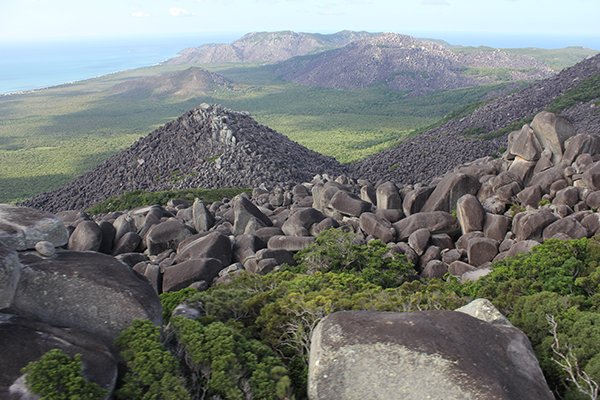
The dramatic boulder-strewn landscape of Cape Melville in Far North Queensland, habitat of Saltuarius eximius. (Credit: Conrad Hoskin)
